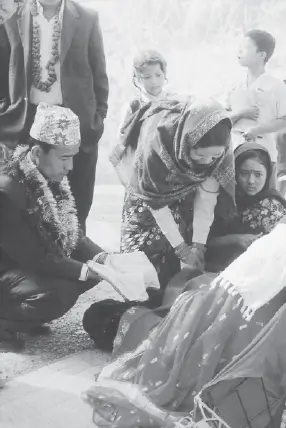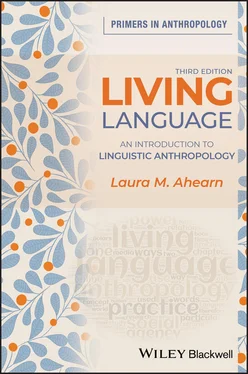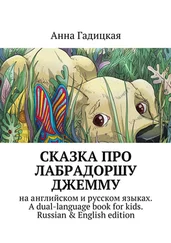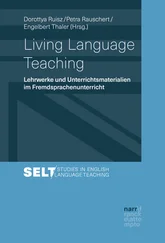Laura M. Ahearn
Part I Language: Some Basic Questions
1 The Socially Charged Life of Language
All words have the ‘taste’ of a profession, a genre, a tendency, a party, a particular work, a particular person, a generation, an age group, the day and hour. Each word tastes of the context and contexts in which it has lived its socially charged life …
Bakhtin 1981a:293
Words do live socially charged lives, as Bakhtin observes in the epigraph that opens this chapter. Language is not a neutral medium for communication but rather a set of socially embedded practices. The reverse of Bakhtin’s statement is also true: social interactions live linguistically charged lives. That is, every social interaction is mediated by language – whether spoken or written, verbal or nonverbal. Consider the following three examples.
Example 1: Getting Stoned in San Francisco
During the 1995–1996 school year, a special anti-drug class was run as an elective in a large high school in the San Francisco Bay Area. 1Students were trained as peer educators in preparation for visiting other classes to perform skits about the danger of drugs and tobacco. The class was unusually diverse, with boys as well as girls and with students from many different class ranks, ethnicities, and racial groups. On the day that the students were preparing to perform their skits in front of an audience for the first time, they asked the teacher, Priscilla, what they should say if someone in the audience asked whether they themselves smoked marijuana. Priscilla recommended that they say they did not. Then the following exchange took place between Priscilla and the students:
| Priscilla : |
Remember, you’re role models. |
| Al Capone : |
You want us to lie? |
| Priscilla : |
Since you’re not coming to school stoned – ( students laugh ) |
| Calvin : |
( mockingly ) Stoned? |
| Priscilla : |
What do you say? |
| Calvin : |
I say high. Bombed. Blitzed. |
| Brand One : |
Weeded. |
| Kerry : |
Justified. |
| Brand One : |
That’s kinda tight. |

Figure 1.1Cartoon demonstrating how certain styles of speech can both reflect and shape social identities.
Source : Jump Start © 1999 United Feature Syndicate, Inc.
Example 2: Losing a Language in Papua New Guinea
In 1987, the residents of the tiny village of Gapun in Papua New Guinea (a country north of Australia) were some of the last speakers of a language called Taiap, which at the time had at, most, 89 remaining speakers. 2Adult villagers were almost all bilingual in Taiap and in Tok Pisin, one of the three national languages of Papua New Guinea, and all children were exposed to rich amounts of both Taiap and Tok Pisin in their early years. By 1987, however, no child under the age of ten actively spoke Taiap, and many under the age of eight did not even possess a good passive knowledge of the language. The usual theories about how and why so many of the world’s languages are becoming extinct did not seem to apply to Taiap. Material and economic factors such as industrialization and urbanization were not sufficiently important in the remote village of Gapun to explain the language shift away from Taiap. Why, then, was Taiap becoming extinct? According to linguistic anthropologist Don Kulick, the adults in Gapun claimed that the shift was occurring because of the actions of their (often preverbal) children. Kulick writes: “‘We haven’t done anything,’ one village man explained when I asked him why village children don’t speak the vernacular, ‘We try to get them to speak it, we want them to. But they won’t … They’re bikhed [big-headed, strong-willed]’” (Kulick 1992:16).
Example 3: The Pounded Rice Ritual in Nepal
On a warm February afternoon in 1993, a wedding procession made its way down a steep hill in Junigau, Nepal (See Figure 1.2). Several men carefully maneuvered the bride’s sedan chair around the hairpin turns. At the foot of the hill, under a large banyan tree, the wedding party settled down to rest and to conduct the Pounded Rice Ritual. 3The bride, Indrani Kumari, remained in her palanquin, while some members of the wedding party, including the groom, Khim Prasad, approached her. Taking out a leafplate full of pounded rice, a popular snack in Nepal, Indrani Kumari’s bridal attendant placed it in her lap. Khim Prasad, coached by his senior male kin, tentatively began the ritual, holding out a handkerchief and asking his new wife to give him the pounded rice snack. He used the most polite, honorific form of “you” in Nepali ( tap¯ai ), and so his remark translated roughly as a polite request to someone of higher social status: “Please bring the pounded rice, Wife; our wedding party has gotten hungry.”
But this first request was not very effective. Indrani Kumari and her bridal attendant poured just a few kernels of the pounded rice into the handkerchief Khim Prasad was holding. Upon further coaching from his elders, Khim Prasad asked a second time for the rice, this time in a more informal manner using “ timi ,” a form of “you” in Nepali that is considered appropriate for close relatives and/or familiar equals. This time, Khim Prasad’s request could be translated roughly as a matter-of-fact statement to someone of equal social status: “Bring the pounded rice, Wife; our wedding party has gotten hungry.” But again, the bridal attendant and Indrani Kumari poured only a few kernels of pounded rice into Khim Prasad’s waiting handkerchief. One last time, Khim Prasad’s senior male kin instructed him to ask for the rice, but this time he was told to use “ tã ,” the lowest form of “you” in Nepali – a form most commonly used in Junigau to address young children, animals, and wives. Khim Prasad complied, but his words were halting and barely audible, indicating his deeply mixed feelings about using such a disrespectful term to address his new wife. This third request translated roughly as a peremptory command to someone of greatly inferior social status: “Bring the pounded rice, Wife! Our wedding party has gotten hungry!” Hearing this, Indrani Kumari and her attendant finally proceeded obediently to dump all the remaining rice into the groom’s handkerchief, after which, he handed out portions of the snack to all members of the wedding party.

Figure 1.2Khim Prasad (left) during the Pounded Rice Ritual, with the bride, Indrani Kumari (seated at the right, completely covered by a shawl), and the bridal attendant (standing in the center).
Source : Laura M. Ahearn, Invitations to Love: Literacy , Love Letters , and Social Change in Nepal . Reproduced with permission from University of Michigan Press.
As different as these three examples are, they all describe situations in which neither a linguistic analysis alone nor a sociocultural analysis alone would come close to providing a satisfying explanation of the significance of the events. The purpose of this book is to show how the perspectives and tools of linguistic anthropology, when applied to events as wide-ranging as an anti-drug class in a San Francisco high school (Example 1), language shift in Papua New Guinea (Example 2), a ritual in Nepal (Example 3), or even a cartoon (Figure 1.1) can shed light on broader social and cultural issues as well as deepen our understanding of language – and ourselves. As we move through the chapters that follow, we will be addressing a number of questions, including:
Читать дальше














